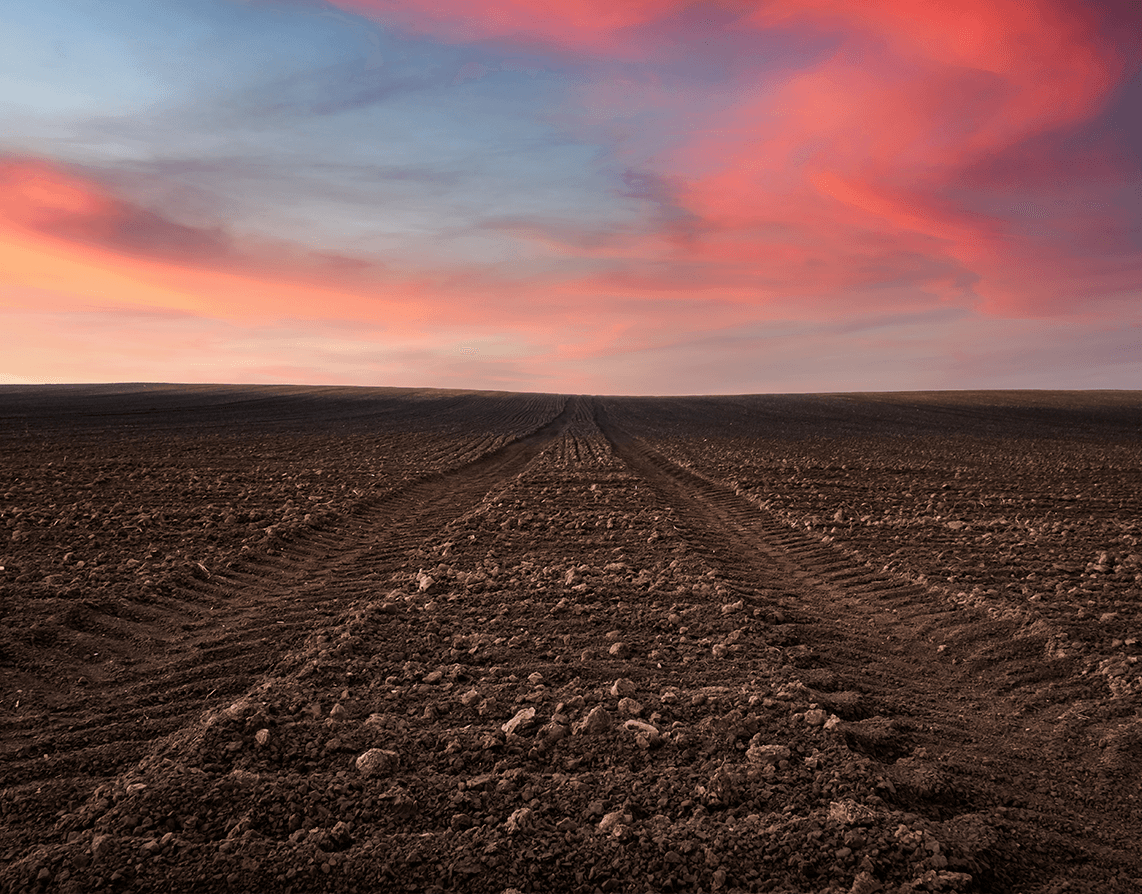Challenges for the Agriculture and Food Industries
The UN’s Food and Agriculture Organisation (FAO) has a “vision is of a world free from hunger and malnutrition, where food and agriculture contribute to improving the living standards of all, especially the poorest, in an economically, socially and environmentally sustainable manner”. With the world’s population expected to grow to 9.7 billion by 2050, the increasing demand that agriculture will face in the near future, means the most important challenge to address is improving agricultural productivity in a sustainable way.
Population and economic growth
The jump in population, up from 8 billion in 2022, is the single biggest challenge facing the Agri-Food industry globally. Food demand is expected to increase by 56% by 2050, compared to 2013. According to an FAO report: “Income growth in low and middle income countries would hasten a dietary transition towards higher consumption of meat, fruits and vegetables, relative to that of cereals, requiring commensurate shifts in output and adding pressure on natural resources”. India is set to overtake China as the world most densely populated country in 2023, and as India and Africa become more urbanised food consumption patterns will shift again with in increased demand for processed food and meat, one of the most impactful industries worldwide.
.


Scarcity of Resources
Meeting the increased demand for food means more and more resources will be exploited, causing land degradation, deforestation, and water scarcity. Agriculture the biggest contributor to deforestation and soil erosion and lack of water is becoming an issue in Africa and the Middle East. Competition for resources may become increasingly stiff over the next few decades.
Climate Change
Without efforts to adapt to climate change-related problems food insecurity may well substantially increase, particularly in the least developed countries. Rising sea temperatures will reduce fish catches and floods or droughts will result in lost crops and livestock production.
The proverb: “If you give a man a fish, you feed him for a day. If you teach a man to fish, you feed him for a lifetime,” is one that organisations like UN-FAO, and many others, are using to guide the solutions to these problems. Agri-food systems can be major generators of employment and income. Primary production alone provides about one-quarter of all employment globally, more than half in sub-Saharan Africa and almost 60 percent in low-income countries. As Agri-food systems encompass the primary production of food and non-food agricultural products, as well as storage, processing, transportation, marketing, disposal and consumption the potential for the problem to be its own solution is clear. The answer lies partly in the emerging technologies of Agri-Tech, a subject that needs its own blog to explain. Simple solution such as Vertical Farming in environments where arable land is not available, hydroponic, or aeroponic growing methods, and many others are adaptable to low land use and low water use scenarios.

How we can help
There is so much good news to be shared about how we are meeting the challenges facing the Agri-food sector and Super Motion will be there to document it. At our Agri Food Pioneers You Tube channel we talk to people in the agri-food industry about the positive and environmental changes they are making to deliver a sustainable, low carbon and regenerative future. Our mission is to deliver powerful stories from the agri-food world that captivate our clients’ audiences. Book a strategy call with us today to learn more about how video can communicate your story effectively

Recent Comments